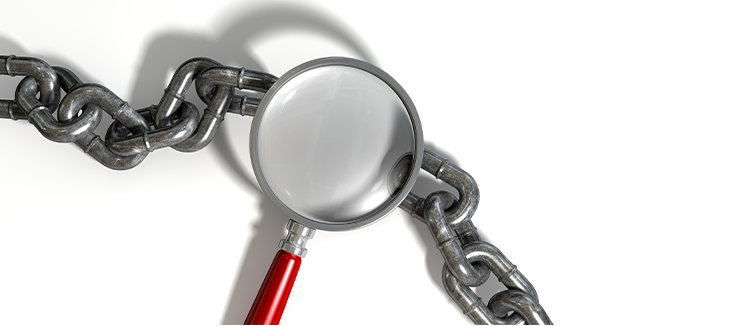In the field of medical diagnostics, ultrasound probes are indispensable tools for imaging various parts of the human body. To ensure patient safety, these probes often require thorough cleaning and high-level disinfection, also known as reprocessing, between uses. Traditionally, this process has been time-consuming and prone to human error. However, with the advent of automated cleaner disinfectors like Ethos® Automated Ultrasound Probe Cleaner Disinfector and TEEClean® Automated TEE Probe Cleaner Disinfector, the cleaning and reprocessing of transesophageal, transvaginal, transrectal, and surface ultrasound probes have become simplified, leading to enhanced efficiency and reduced risk.
Ultrasound probes are used in a wide range of medical procedures, including echocardiography, gynecological examinations, and abdominal imaging to name a few. Due to their direct contact with mucous membranes and/or nonintact skin, many ultrasound probes are typically classified as Semi-Critical under the Spaulding Classification System. Because they can potentially harbor harmful microorganisms, meticulous cleaning and reprocessing are essential to prevent cross-contamination and minimize the risk of healthcare-associated infections (HAIs). Proper high-level disinfection using an automated system ensures patient safety and helps maintain the reliability and accuracy of ultrasound imaging devices.
Manual cleaning and reprocessing of ultrasound probes is a labor-intensive and error-prone process. Manual reprocessing procedures require strict adherence to guidelines provided by regulatory bodies, such as the Food and Drug Administration (FDA). There is no room for error when it comes to reprocessing ultrasound probes; one mistake can lead to an HAI for a patient and a lot of wasted time and money for a healthcare facility. Human operators may struggle to achieve consistent and standardized cleaning and disinfection protocols, thereby compromising patient safety.
Automation has revolutionized the cleaning and reprocessing of ultrasound probes, offering numerous advantages over manual methods. Automated systems specifically designed for probe reprocessing ensure consistent and standardized procedures, reducing the likelihood of errors, and increasing patient safety. Automated systems also help safeguard the ultrasound devices themselves as less handling will result in fewer potential opportunities for damage.
Automated systems, like Ethos and TEEClean, feature intuitive user interfaces that guide operators through the process, ensuring compliance with recommended protocols. They utilize advanced technology to thoroughly clean ultrasound probes. These devices employ precise control over critical variables like temperature, concentration, and exposure time to effectively eliminate harmful microorganisms in ways that are almost impossible for manual methods to replicate. Automation ensures consistent application of disinfection protocols, minimizing the risk of incomplete or ineffective disinfection.
The integration of automation into the cleaning and reprocessing of ultrasound probes brings several benefits. Firstly, it improves efficiency and reduces the time required for probe reprocessing, allowing healthcare facilities to increase patient throughput and optimize resource allocation. Take a look at any chart or list explaining the steps of manual reprocessing for ultrasound probes, like this one from The College of Physicians and Surgeons of British Columbia or this one we put out several years ago. By implementing automation, you streamline reprocessing and eliminate four of the most time-consuming steps in the procedure.
Secondly, automation minimizes the risk of human error and variability, ensuring consistent and reliable probe disinfection every time. This means that probes will always be reprocessed in the same way and will always be safe for patients (assuming proper protocol for drying, storage, and transportation are also followed). Utilizing automated systems to prevent the spread of HAIs is a simple step towards the goal of all medical procedures: maintaining or improving the health and well-being of patients.
Furthermore, automated systems provide comprehensive documentation and traceability of reprocessing procedures, enabling easier regulatory compliance and auditing. They also reduce the exposure of healthcare personnel to harsh and potentially hazardous chemicals used in the cleaning and disinfection process.
Automation has significantly simplified the cleaning and high-level disinfection of transesophageal, transvaginal, transrectal, and surface ultrasound probes. Employing an automated ultrasound probe cleaner disinfector like Ethos or TEEClean can mean quicker turnaround, more reliable results, and more time for medical professionals to focus on patients. Call CS Medical to find out how we can help streamline your ultrasound reprocessing procedures with our entire suite of Complete Probe Reprocessing® products.


